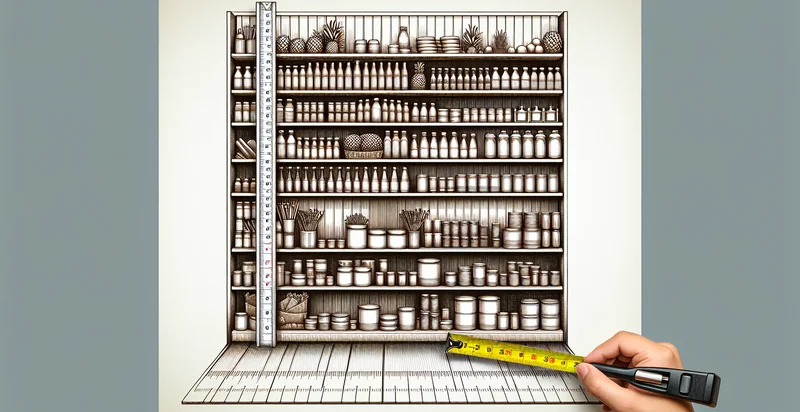Identify number of shelves in image
using AI
Below is a free classifier to identify number of shelves in image. Just upload your image, and our AI will predict the number of shelves present in the image - in just seconds.

Contact us for API access
Or, use Nyckel to build highly-accurate custom classifiers in just minutes. No PhD required.
Get started
import nyckel
credentials = nyckel.Credentials("YOUR_CLIENT_ID", "YOUR_CLIENT_SECRET")
nyckel.invoke("number-of-shelves-in-image", "your_image_url", credentials)
fetch('https://www.nyckel.com/v1/functions/number-of-shelves-in-image/invoke', {
method: 'POST',
headers: {
'Authorization': 'Bearer ' + 'YOUR_BEARER_TOKEN',
'Content-Type': 'application/json',
},
body: JSON.stringify(
{"data": "your_image_url"}
)
})
.then(response => response.json())
.then(data => console.log(data));
curl -X POST \
-H "Content-Type: application/json" \
-H "Authorization: Bearer YOUR_BEARER_TOKEN" \
-d '{"data": "your_image_url"}' \
https://www.nyckel.com/v1/functions/number-of-shelves-in-image/invoke
How this classifier works
To start, upload your image. Our AI tool will then predict the number of shelves present in the image.
This pretrained image model uses a Nyckel-created dataset and has 12 labels, including 0, 1, 10, 10+, 2, 3, 4, 5, 6 and 7.
We'll also show a confidence score (the higher the number, the more confident the AI model is around the number of shelves present in the image).
Whether you're just curious or building number of shelves in image detection into your application, we hope our classifier proves helpful.
Related Classifiers
Need to identify number of shelves in image at scale?
Get API or Zapier access to this classifier for free. It's perfect for:
- Inventory Management: Businesses with physical storefronts can utilize the ‘number of shelves in image’ identifier to automate inventory assessments. By analyzing images of shelves in retail environments, the system can track stock levels and trigger reordering processes when inventory falls below a certain threshold.
- Retail Space Optimization: Retailers can leverage this function to assess the layout and effectiveness of their shelf space. By evaluating how many shelves are visible and utilizing this data, they can redesign store layouts for better product placement and to maximize customer engagement.
- Market Research: Brands and market analysts can use this technology to analyze competitor shelf space from images captured in stores. By quantifying the number of shelves allocated to various products, companies can derive insights into market share and product placement strategies.
- Compliance Monitoring: In industries with strict regulatory requirements, this tool can help ensure compliance by verifying that products are displayed according to regulations. Companies can periodically assess shelf images to ensure that all products are correctly showcased and labeled.
- E-commerce Product Presentation: Online retailers can utilize this image classification function to categorize images uploaded by sellers. By identifying the number of shelves present in product images, the platform can recommend appropriate display criteria that enhance visual appeal and optimize the shopping experience.
- Logistics and Supply Chain: Organizations involved in warehousing and distribution can implement this identifier to monitor the arrangement of products on shelves. Efficient shelf utilization can lead to better organization, reducing retrieval times and improving overall operational efficiency.
- Visual Merchandising Analysis: Visual merchandisers can analyze the number of shelves in promotional images to evaluate the effectiveness of merchandising strategies. By understanding how different shelf configurations impact customer behavior, they can adjust their approaches to optimize sales during seasonal promotions.


